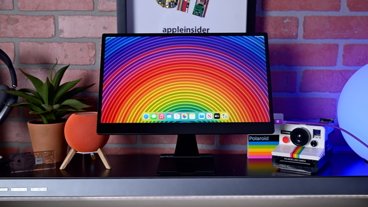Running a Linux virtual machine on Mac can be resource-exhaustive, but Apple just made it much better in macOS 26 with native support for running Linux containers without the need for third-party apps like Docker.
WWDC 2025 had a busy keynote with the new Liquid Glass design and several ecosystem-wide upgrades. So, it may have been easy to miss one of the bigger feature updates targeted at developers.
A technical educator named Xe Iaso with a blog sharing their name spotted a quick snippet in Apple's newsroom post about the Containerization framework. This framework will enable developers to run a Linux container directly on the Mac.
Apple's text on the feature was brief, but the implications are big.
The Containerization framework enables developers to create, download, or run Linux container images directly on Mac. It's built on an open-source framework optimized for Apple Silicon and provides secure isolation between container images.
According to Xe Iaso, running Linux via third-party tools like Docker causes an instant hit to the available system resources and MacBook battery life. Virtual machines are translating over multiple layers and can grind some processes to a halt.
The new native tool is open-sourced and optimized for Apple Silicon. It should be a much better way for developers to manage workflows via Linux.
Developer betas are being sent out now, so developers will be able to test the feature and find out exactly how well it will work. It could be what the blog post describes as an "invincible server-side development experience that rivals what Google engineers dream up directly on your MacBook."
 Wesley Hilliard
Wesley Hilliard









 Marko Zivkovic
Marko Zivkovic
 Amber Neely
Amber Neely
 Malcolm Owen
Malcolm Owen



 Andrew Orr
Andrew Orr








3 Comments
Sorry Docker?? This looks to be compatible with Docker workflows so this might actually get some developers back to the platform.
Sure seems interesting but the question is whether it's just an OCI container runtime using a Linux VM executed by the built-in Hypervisor (like podman and docker use) or this is something much more clever with proper resource management or even translation of the Linux syscalls into darwin... Also, typical developers usually don't just run a single container in isolation but a whole set of different containers under the supervision of an orchestrator...
I highly doubt it's any more "native" than docker/podman in the sense that it's likely to be a Linux VM running the containers same as those tools. MS tried to translate syscalls in WSL1, and eventually had to switch to a full virtualized Linux kernel. It's just not worth the effort.